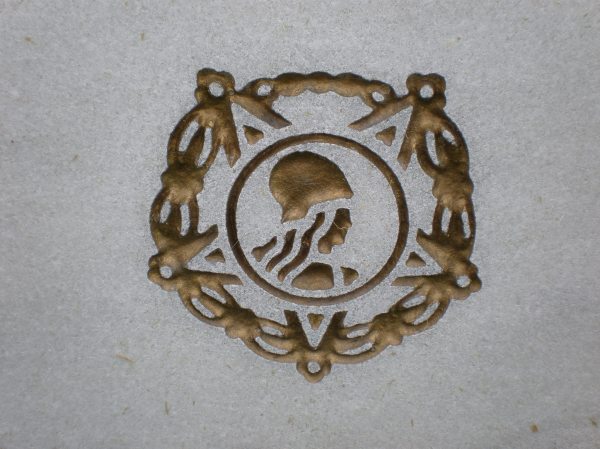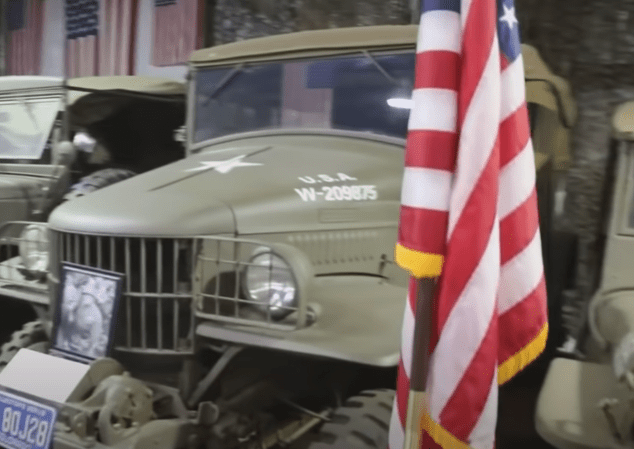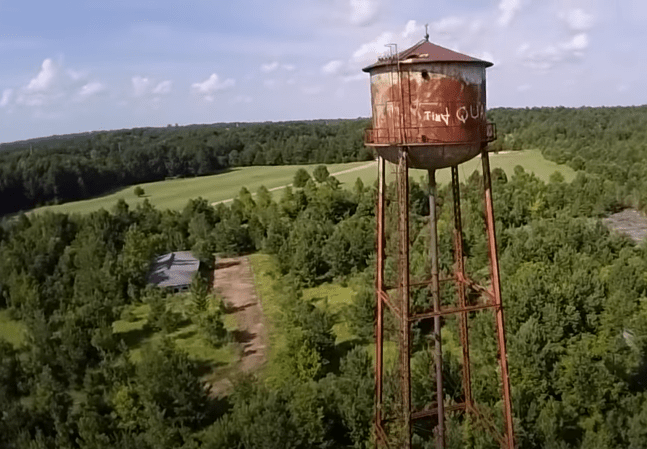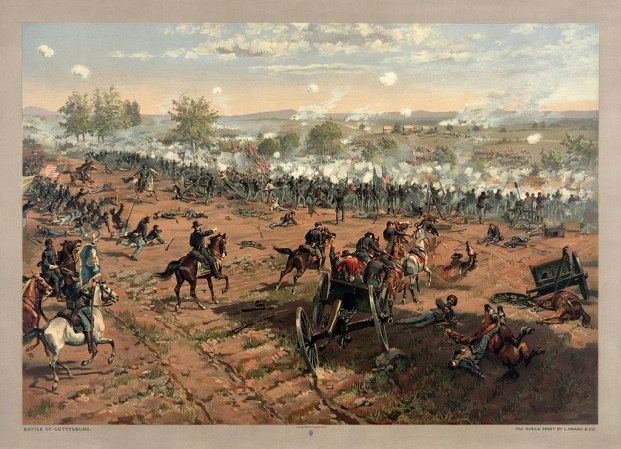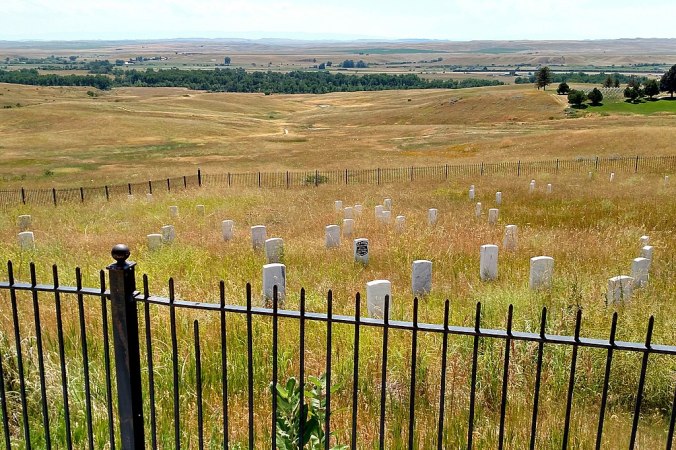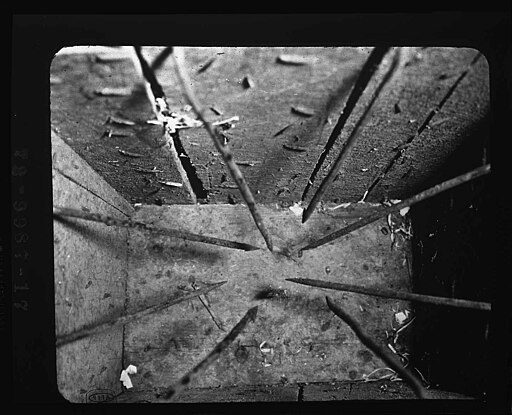The Art of War by Sun Tzu is an ancient classic. There are free versions of the masterpiece available everywhere, from Wikipedia to Amazon, but let’s face it: Sometimes, depending on the translation, it can be hit-or-miss in terms of readability. It was written in the 5th century BC, after all.
Thankfully, there’s an alternative. On YouTube, someone’s been distilling the essence of this military classic. Each chapter has its own video.
The video here discusses one of the most important aspects of war: terrain. If you’ve seen the 1993 movie Gettysburg, you might remember the early portion of the film where John Buford recognizes the terrain that would dominate the battlefield, to wit, Cemetery Ridge. As history shows, Buford tactically deployed his troops, buying time for the Union to take control of Cemetery Ridge. With that control, they eventually won the battle, marking the last time that the Confederate Army invaded the North. Combined with the fall of Vicksburg on July 4, 1863, the defeat of the South was only a matter of time.

Battles can be won or lost depending on how land is used. These are the 9 terrains, as described by Sun Tzu, that can dramatically influence the tide of battle.
1. Dispersive Ground
This is defined as territory you control at the start of the war. Sun Tzu advises never fighting here, simply because battles are destructive. Make the mess on the enemy’s territory. Joan of Arc used what Sun Tzu called the proper strategy for this terrain by always taking the fight elsewhere.

2. Facile Ground
This is the initial portion of enemy territory. When you’re in this space, keep moving. Otherwise, you could find yourself in a lot of trouble.
3. Contentious Ground
This is ground that can provide a force with a serious advantage in a battle. The aforementioned Cemetery Ridge and its effect on the Battle of Gettysburg is a prime example of contentious ground. You want to identify this terrain and defend it.

4. Open Ground
This is ground where you (and the enemy) can move easily. Think the deserts of Iraq and Saudi Arabia. You don’t want to try to block the enemy, because any attempts can be easily outmaneuvered. Saddam Hussein made that mistake in Desert Storm.
5. Ground of Intersecting Highways
This is where three or more countries meet. In this situation, make like a contestant on Survivor or Big Brother and form alliances. The one who’s left out… well, you wouldn’t want to be them.
6. Serious Ground
When you’ve gone deep into enemy territory, leaving fortified cities behind, you’re in a serious situation. Your best bet is to just loot, plunder, and then get out.

7. Difficult Ground
As it suggest, this is very tough terrain to travel through. Think forests, mountains — that sort of stuff. This is ground you just want to march on through. These are places where guerrillas can wreak havoc, so be cautious.
8. Hemmed-In Ground
This is also called a ‘chokepoint.’ A prime example is the pass at Thermopylae, where King Leonidas and 300 Spartans famously held off the Persian Army. In this case, your best bet is to come up with a stratagem (or find someone who’s willing to betray the other side).
9. Desperate Ground
This is terrain where you can’t exactly retreat. Your only strategy is to fight — and it will likely be a battle to the death.






